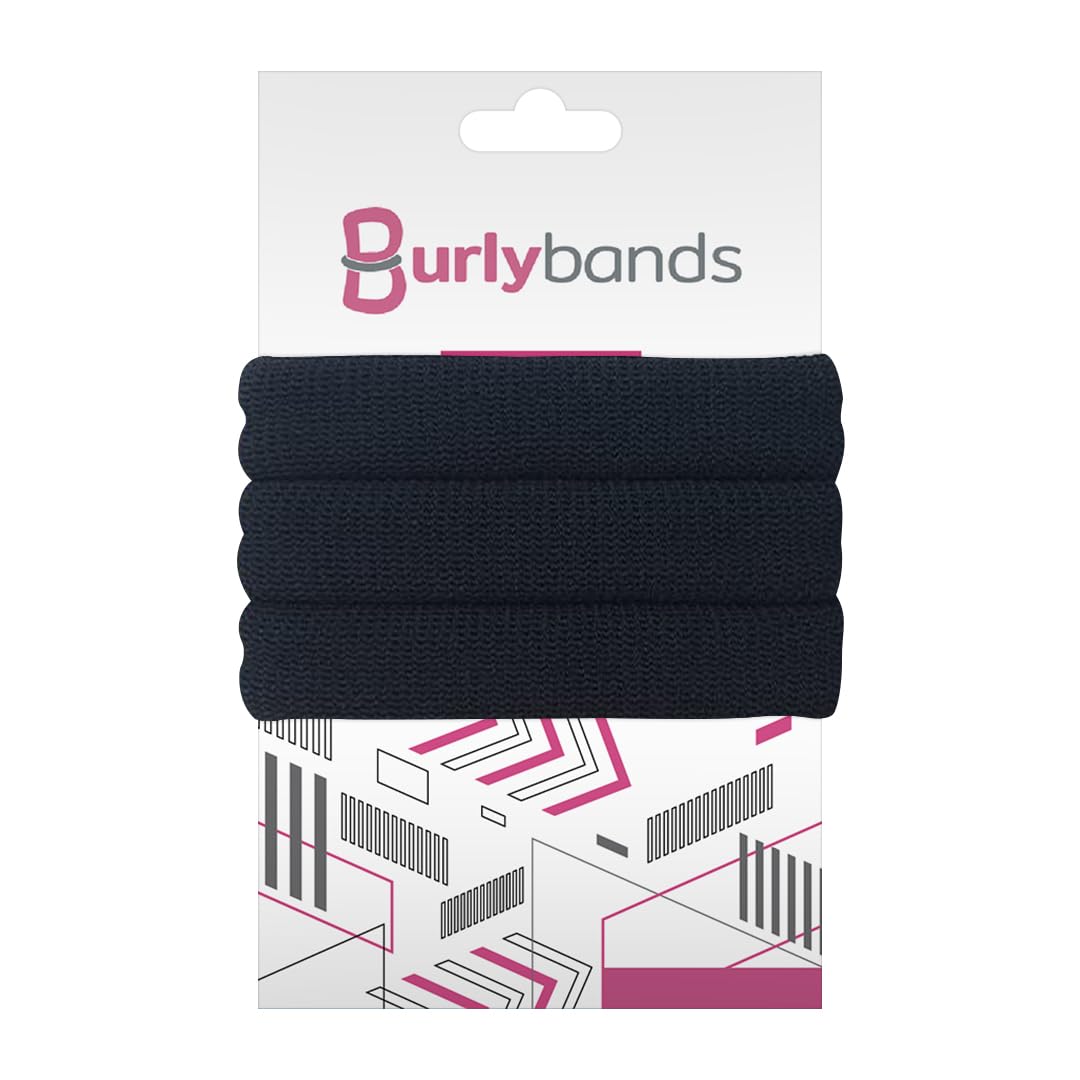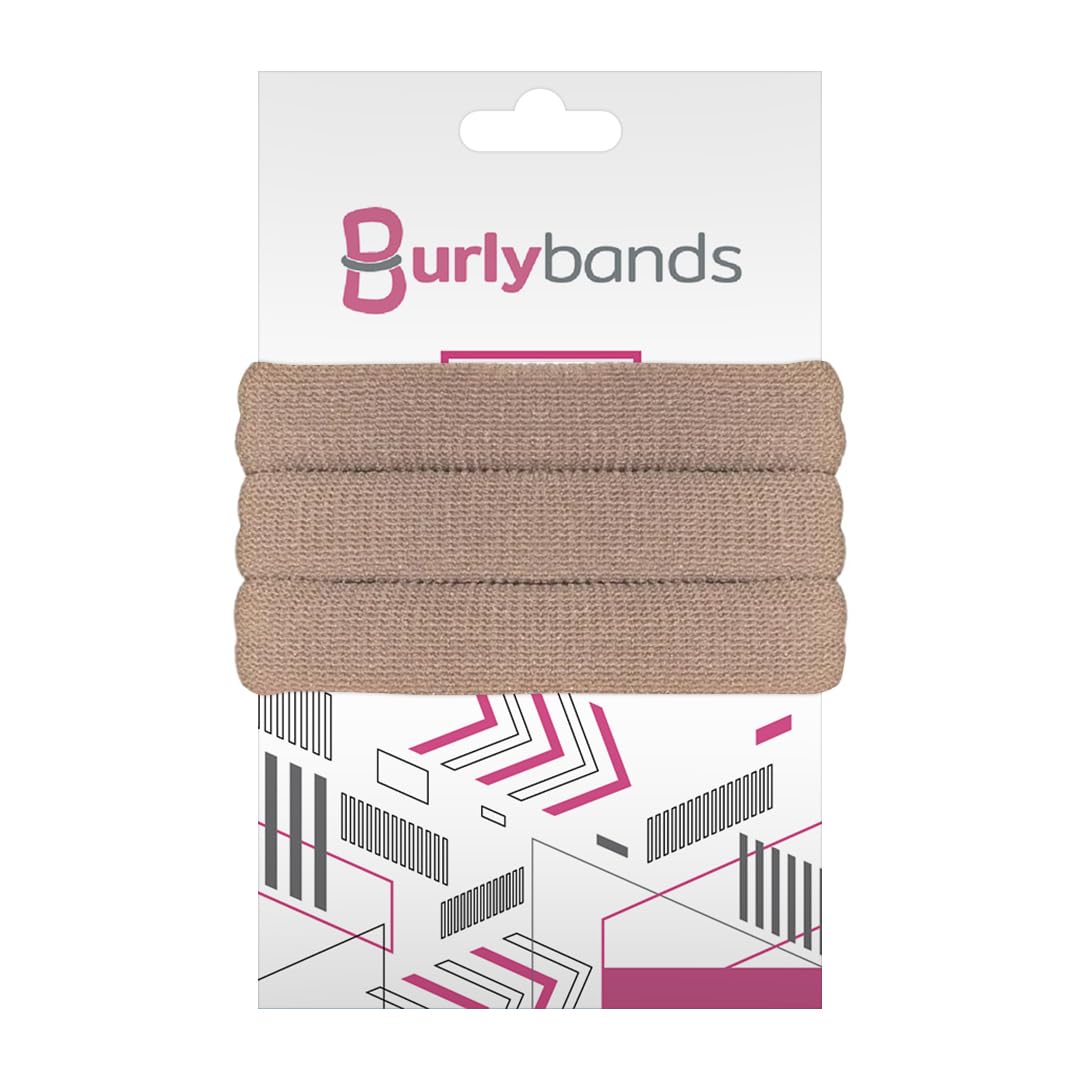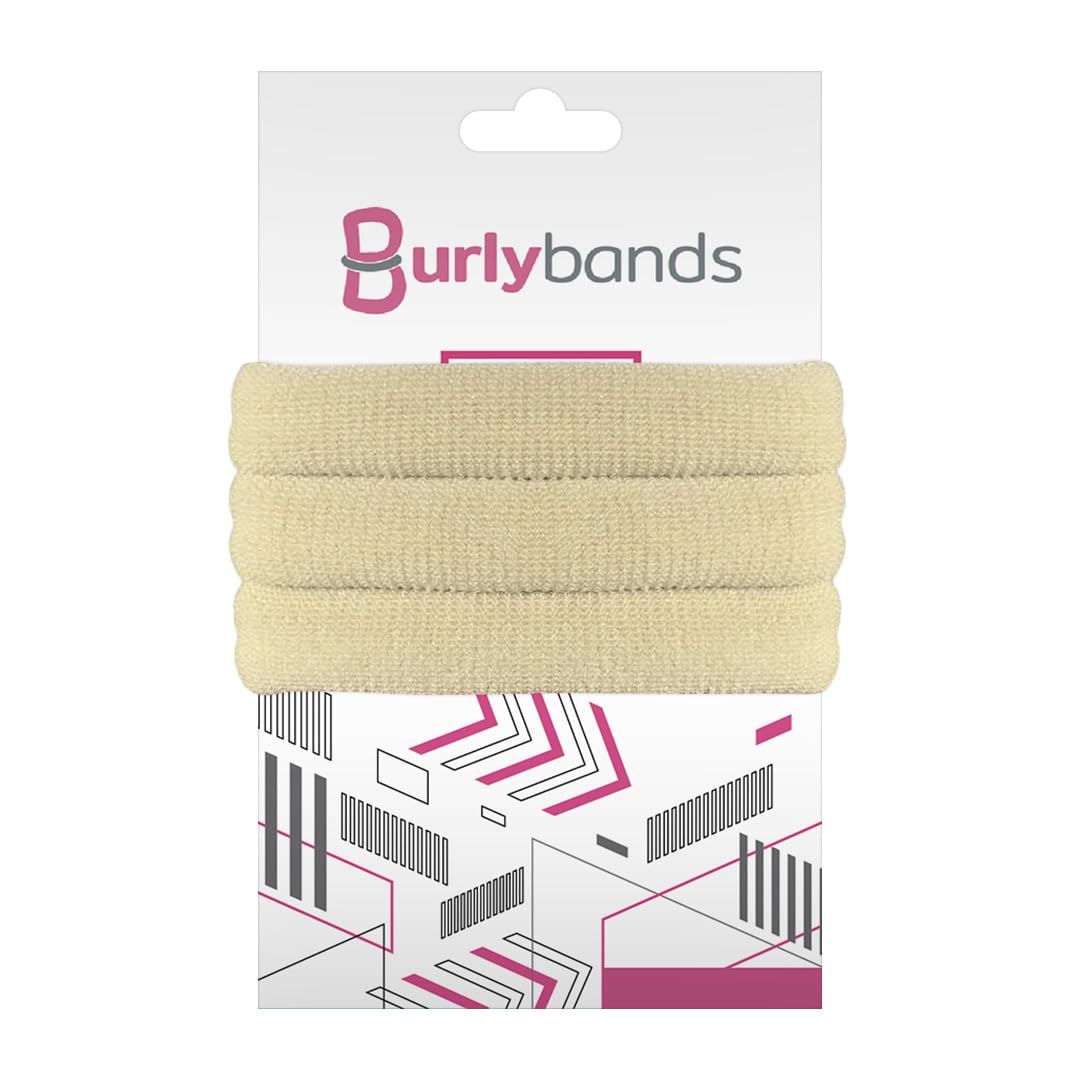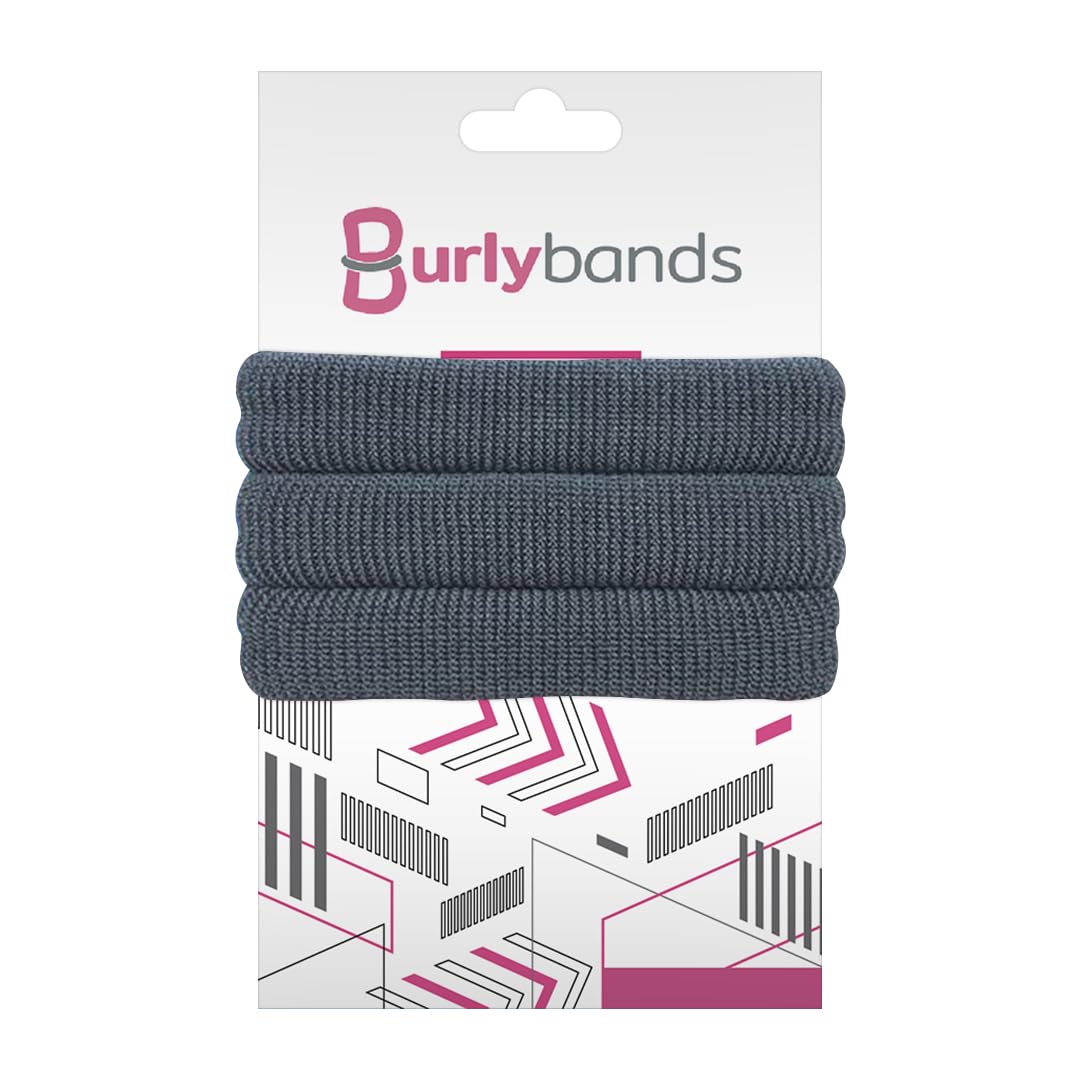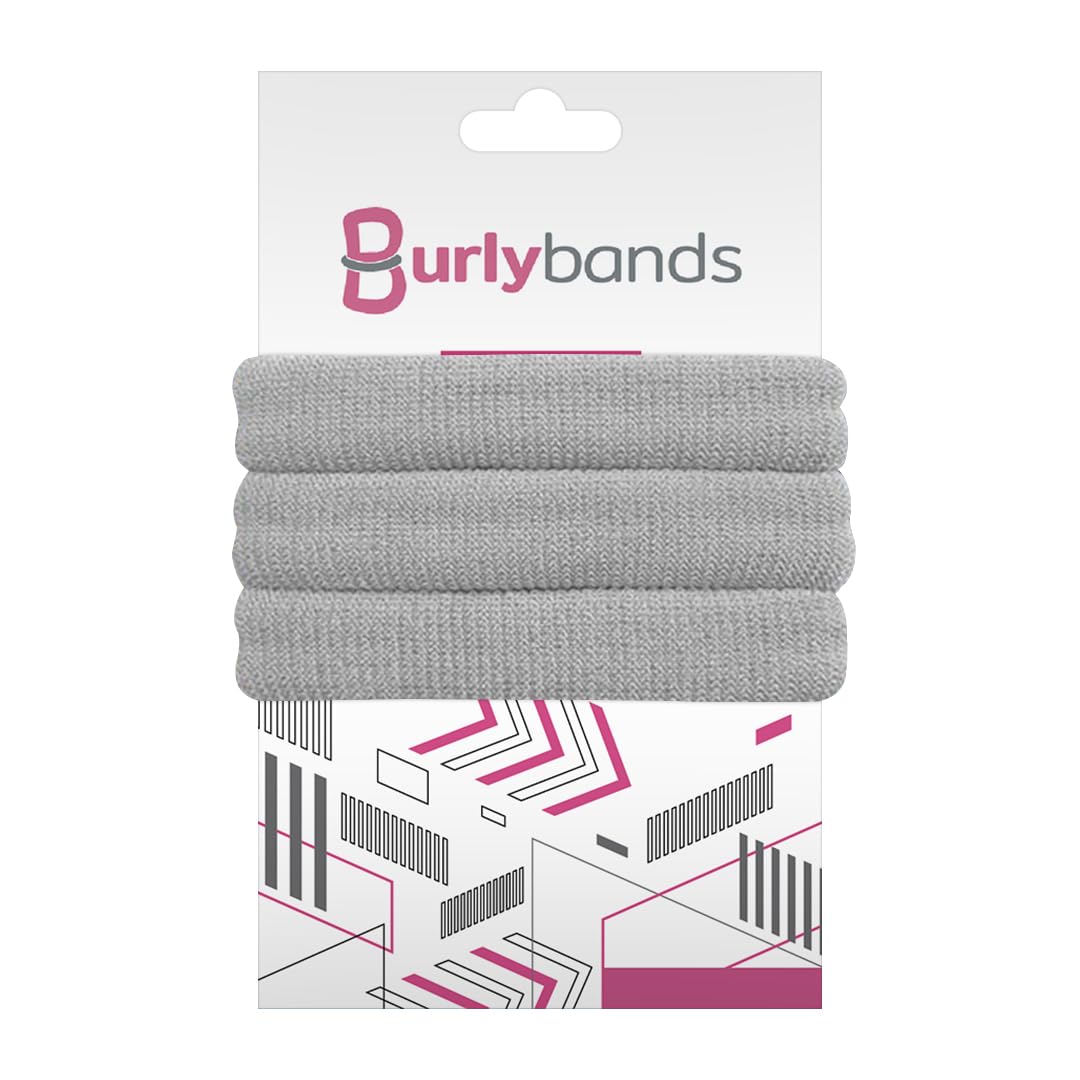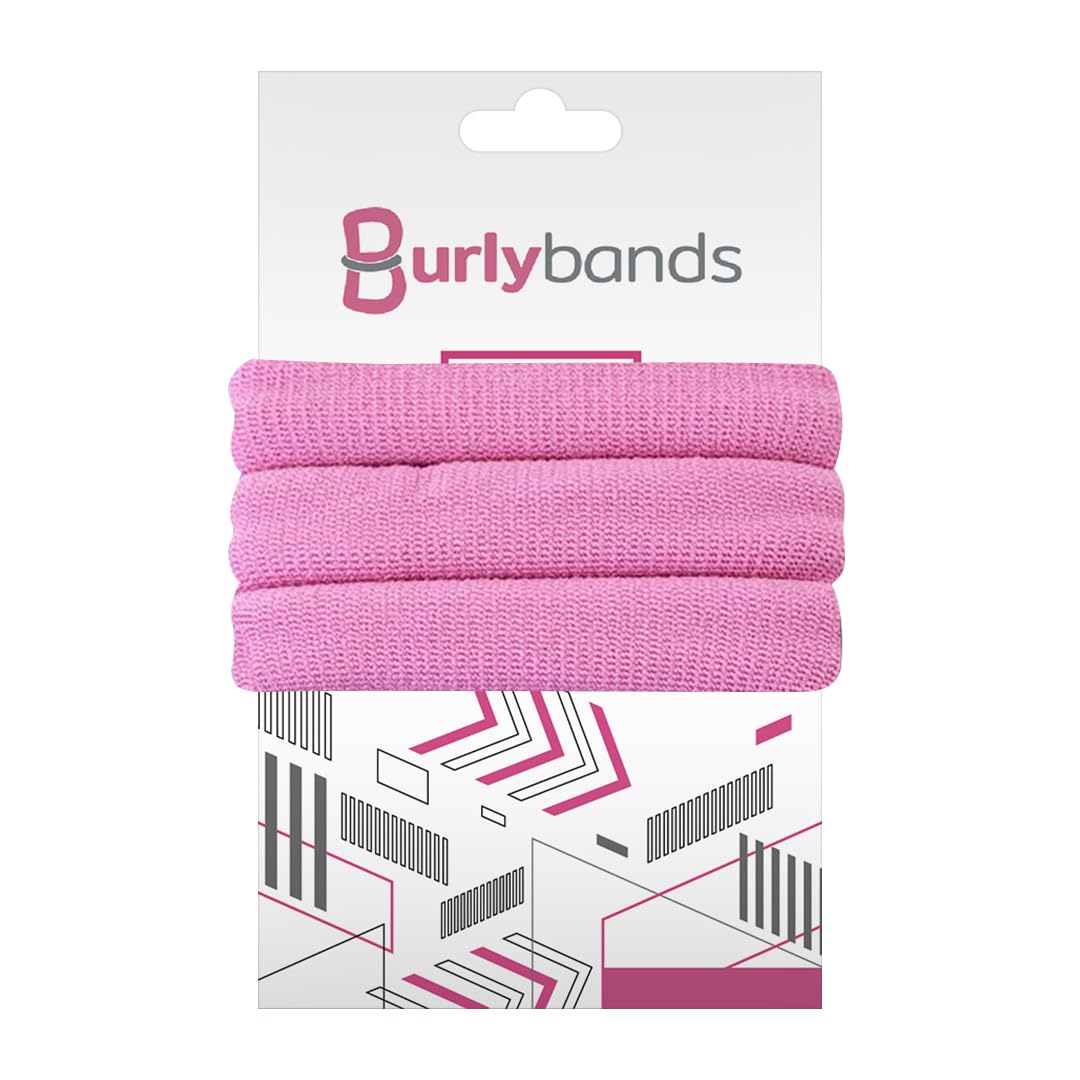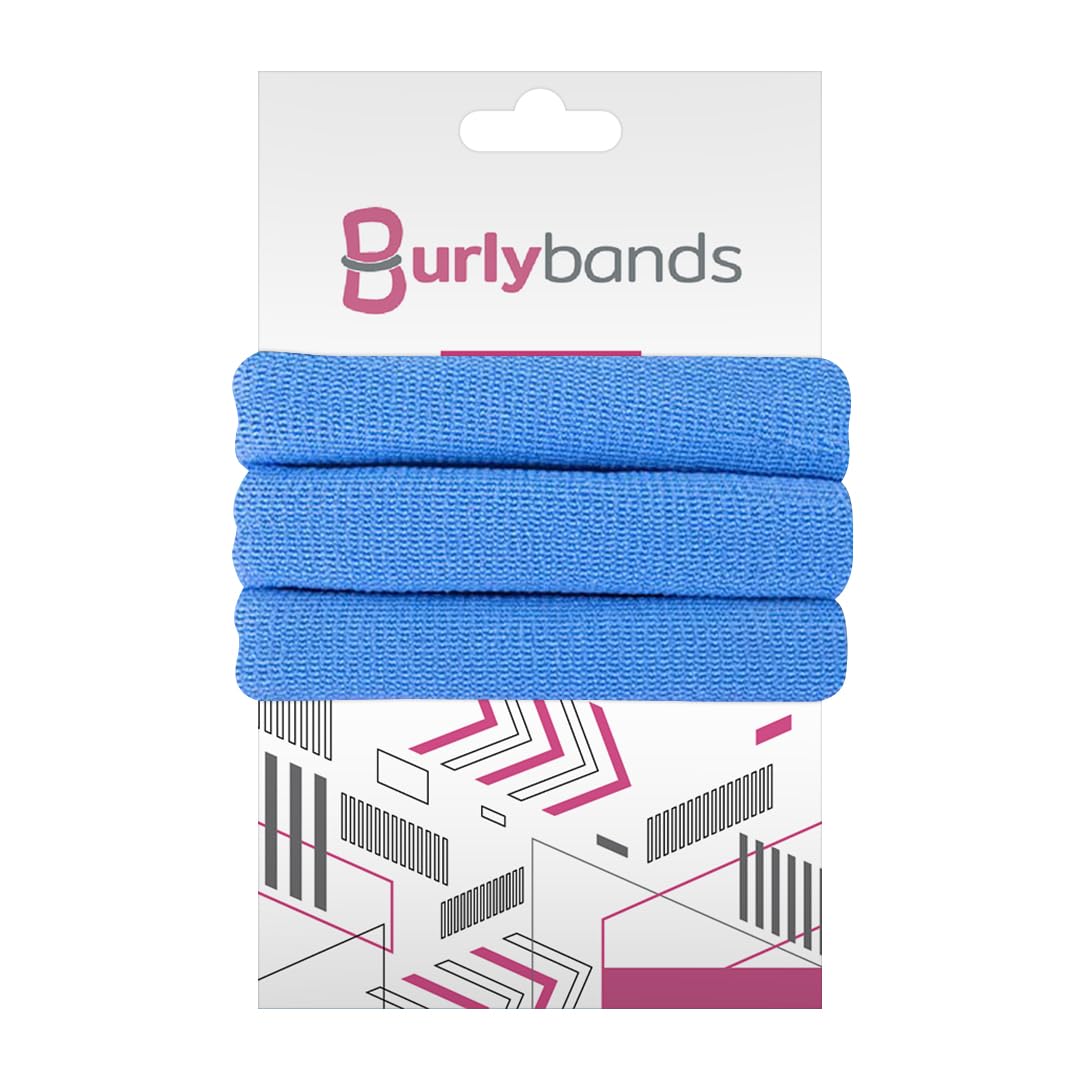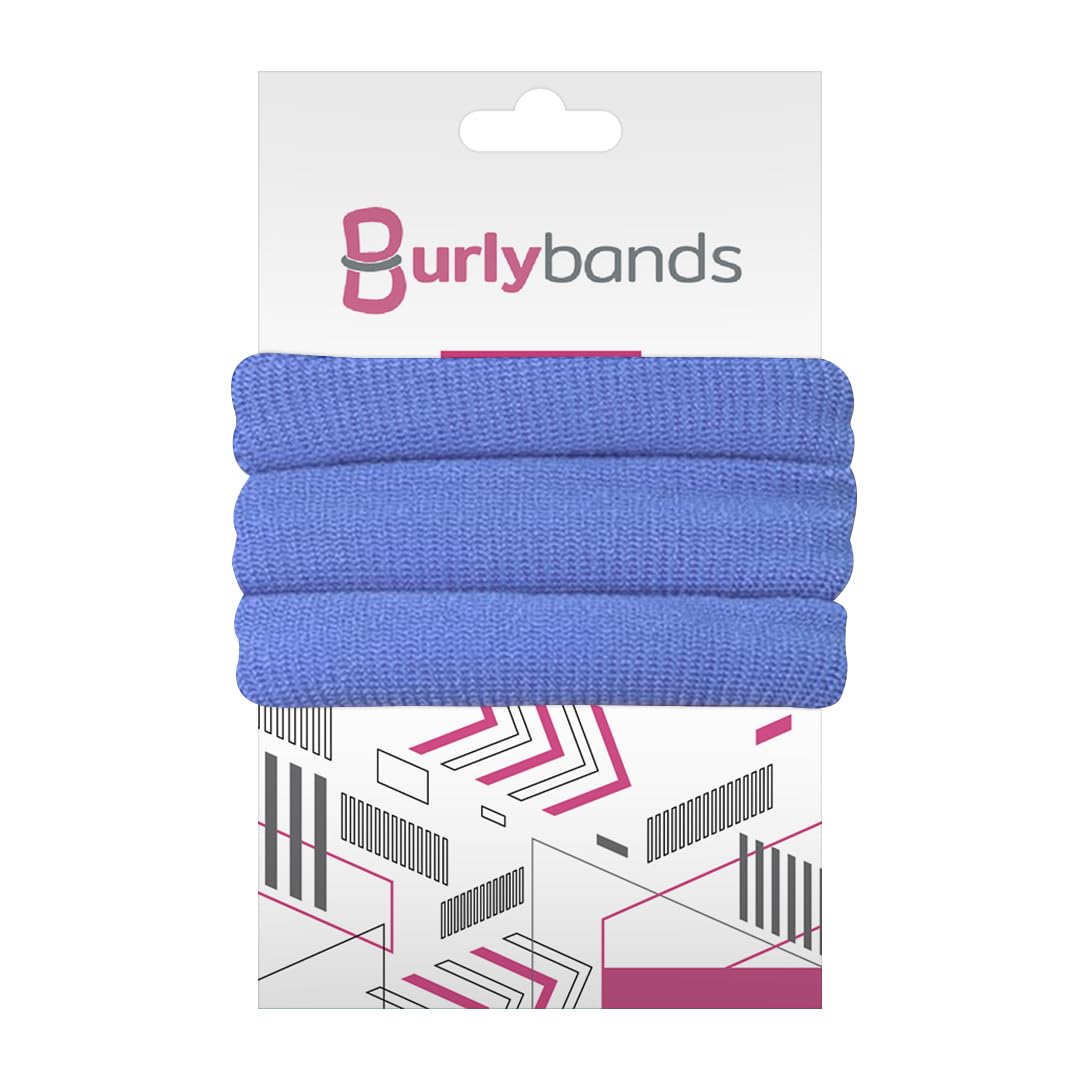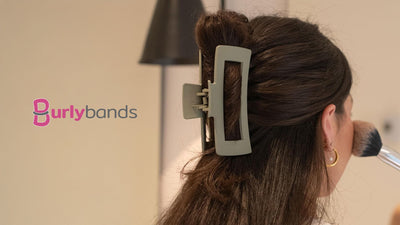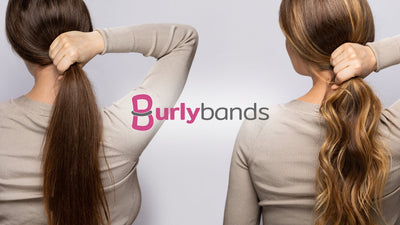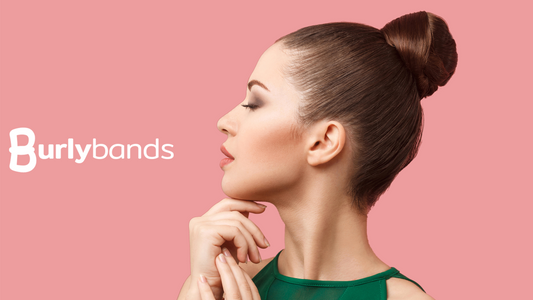Noticing short, broken hairs at the back of your head? Or maybe you have a constant strain every time you tie your hair? Your hair tie could be the problem. And before you come for us—we’re not telling you to ditch this must-have accessory. But you need to know what’s really going on.
Are Hair Ties Really Damaging Your Hair?

Credit: Envato Elements/ bilanol
Yes, they are, and in a big way. Here are just a few ways they could be impacting your hair:
Your Hair is Fraying Away as We Speak
Hair starts to fray when there’s constant friction, tension, or damage to the cuticle (outer layer of your hair). Over time, this leads to split ends, thinning strands, and those annoying short, broken pieces that stick out no matter how much smoothing serum you use. Keep this up, and you’re going to start balding way faster than you ever imagined—and we’re not trying to scare you, just being real.
Studies have shown that repeated tight hairstyles or constantly tying your hair back can lead to traction alopecia. This type of hair loss is most common along your hairline or at the nape of your neck. If it’s left untreated, it can cause permanent hair loss.
Your Hair Will Start to Dent
Compared to alopecia, dents in your hair might seem like no big deal, but they’re often the first sign that your hair is under too much strain. If you’re constantly using your hair tie in the same spot, those dents can turn into deeper, longer-lasting ones that actually change your hair’s shape and texture over time. At that point, your hair has basically been "trained" to stay that way.
If your hair already has dents that won’t go away, try moisturizing treatments like deep conditioners, hair oils, or hair steaming, and, most importantly, switch up that hairstyle!
Your Scalp Is Already Under a Lot of Strain
Your scalp is responsible for delivering the nutrients and oxygen your hair needs to grow and it does this through healthy circulation. If it’s under stress, this process could be disrupted, which could mean weak, brittle hair or what we all hate — hair loss.
A common sign that your scalp is under strain is any sort of discomfort around your temples or neck, or even a tension headache every time you tie your hair up. To ensure a healthy scalp, skip the tight hairstyles and take five minutes every night to gently massage your scalp with your fingers or a scalp brush.
So, Do You Need to Ditch Hair Ties Completely?
Nope, you don’t. But you do need to start doing things differently to prevent damage. Here are some useful tips:
- Stop pulling your hair so tight! Go for looser ponytails or buns. Your head shouldn’t feel sore after taking your hair down.
- Don’t tie your hair in the same spot every day.
- Give your hair a break! Leave it down whenever you can, especially at night. Sleeping with your hair tied up can cause even more damage.
- Treat your hair to regular deep conditioning, hair oil massages, or leave-in treatments. Keeping your strands hydrated and healthy makes them more resistant to breakage.
- Don’t yank your hair tie off your ponytail—untangle it carefully. If a tie is stuck, take your time to loosen it.
-
Avoid wet hair tie-ups. Your hair is weaker when it’s wet. Let it dry before styling.
What Type of Hair Ties Should You Opt For?

Credit: Envato Elements/ albinasol777
The type of hair ties you choose can make a huge difference in your hair’s health. Here’s what you should look for:
Scrunchies
Scrunchies are back in style, and for good reason. The soft fabric covering makes them super gentle on your hair. They don’t tug or pull like traditional elastics, and they’re less likely to cause creases. They come in tons of colors and patterns.
Coiled/Spiral Hair Ties
These stretchy, phone cord-like ties are a lifesaver for avoiding breakage. The coil shape distributes tension evenly, so there’s less pressure on your strands. They also don’t leave dents in your hair. Look for high-quality ones that don’t stretch out easily.
Silk or Satin Hair Ties
Silk and satin are your hair’s best friends. These materials are super smooth, which means no friction, no tangling, and no snagging. They’re especially great for delicate, fine, or dry hair that’s more prone to damage.
Fabric-Covered Elastics
If you prefer something closer to a classic hair tie, go for elastics with a fabric covering. They’re softer and don’t dig into your hair like plain rubber bands. Choose a fabric that’s smooth and doesn’t have any rough seams. Burlybands hair ties are a great option.
Hook Hair Ties
These ties have little hooks on either end and are great for securing thick hair without needing to wrap them super tight. They’re adjustable, so you can avoid excessive tension while still keeping your style in place.
What You Need to Avoid:
- Plain Rubber Bands: These are the worst. They grip your hair too tightly and cause breakage when removed.
- Ties with Metal Parts: The metal clasps dig into your hair and can cause snapping or tears.
- Old or Stretched-Out Ties: Worn-out ties lose elasticity and require more wraps to stay secure, which increases tension on your hair.
Summary
Your hair deserves better than the damage caused by tight, rough hair ties. Choose gentle ones, avoid super-tight styles, and take care of your scalp to keep your hair healthy and strong. Small changes can make a big difference!
Tired of hair ties that damage your hair? Burlybands are gentle, strong, and perfect for all hair types. No pulling, no dents—just comfy, secure styles. Shop with us today.
 Log in
Log in


